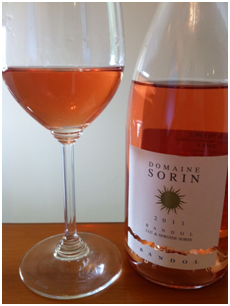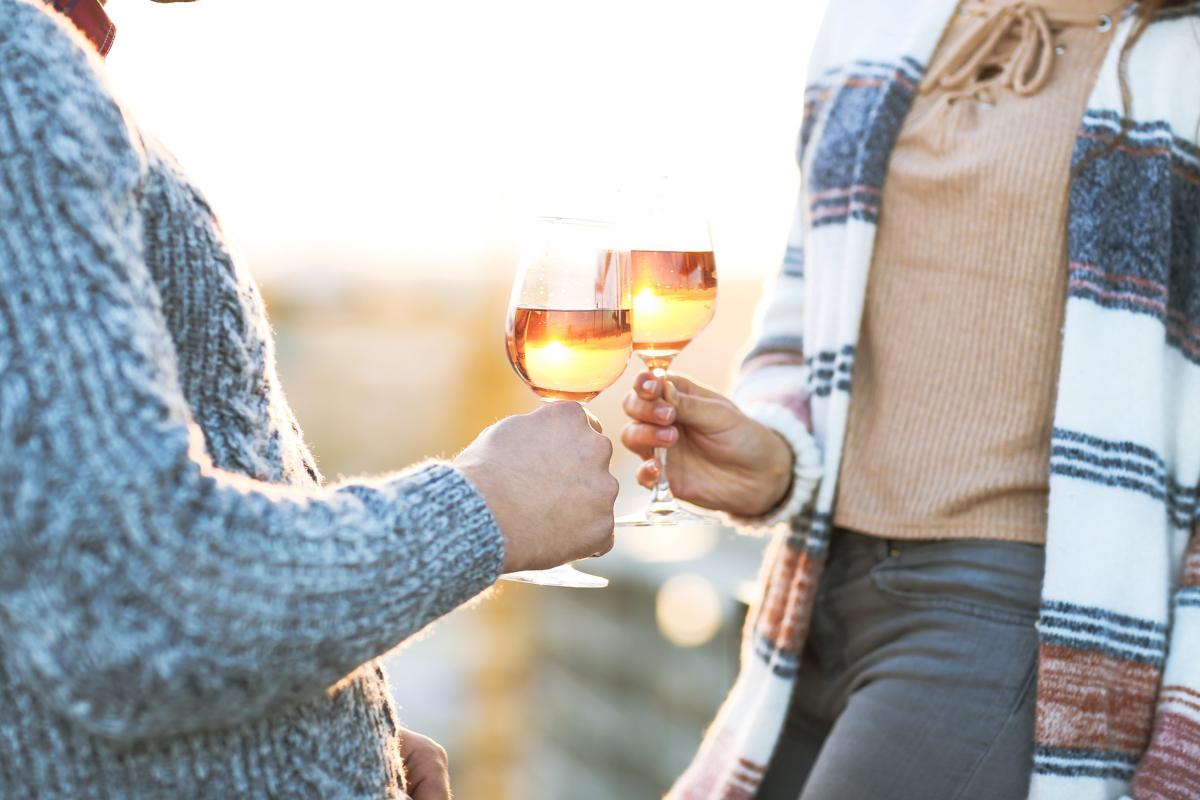The first question one might ask is, “Why does anybody need a reason for wine?” Wine, whatever variety you prefer, is a reason unto itself. Having said this, there are those who might feel some wines need justification, namely roseʹ. This wasn't always the case, and it’s certainly not the case in southern France, now or at any time. Roseʹ became the pink stepchild of the wine world in the 1970s, when white Zinfandel came on to the scene. Zinfandel, a too-sweet white wine, did its best to replace roseʹ as the summertime drink of choice.
Just what is a Roseʹ Wine?
 Contrary to popular belief, roseʹ is not a mixture of red and white wines; it is its own genre. Roseʹ is made from many of the same grapes used to produce red and white wines, but the processing is different. The juice of all grapes is clear, or ‘white’; the skins of the grape contain the color. Red wines are produced by leaving the juice in contact with the skins for long periods of time; whites are produced by removing the skins from the juice immediately, and rosesʹ are produced by leaving the juice in contact with the skins for short periods; the longer the contact, the darker the roseʹ. Rosesʹ range in color from pale pink up to copper, but never as dark as a red. Rosesʹ can be dry, and those coming from Europe usually are, but they can also be semi-sweet; rosesʹ produced outside of Europe may fall into this category.
Contrary to popular belief, roseʹ is not a mixture of red and white wines; it is its own genre. Roseʹ is made from many of the same grapes used to produce red and white wines, but the processing is different. The juice of all grapes is clear, or ‘white’; the skins of the grape contain the color. Red wines are produced by leaving the juice in contact with the skins for long periods of time; whites are produced by removing the skins from the juice immediately, and rosesʹ are produced by leaving the juice in contact with the skins for short periods; the longer the contact, the darker the roseʹ. Rosesʹ range in color from pale pink up to copper, but never as dark as a red. Rosesʹ can be dry, and those coming from Europe usually are, but they can also be semi-sweet; rosesʹ produced outside of Europe may fall into this category.
Why Would You Want a Roseʹ?
Roseʹ is usually touted as a summer drink; its lighter flavor pairs well with heat and summertime foods, which are not as heavy as meals in the dead of winter. Roseʹ is equally at home at your backyard barbecue or the elegant summer dinner party you throw for the boss. However, this is not to say you pack your roseʹ away with the flip-flops and bathing suits; there are fall, winter and spring meals where roseʹ fits right in. Most meals in the colder seasons call for the force of a prime red wine, or a white, if the entree is not a red meat, but you can serve a lighter fare where a wine that complements, rather than overwhelms, is preferred.
Age Matters
Unlike red wines and women, roseʹ doesn't age well. A roseʹ three years old is most likely past its prime, so don’t look at it as an investment wine, or one you can enjoy drinking down the road. It’s actually difficult to find rosesʹ over three, for this very reason: fresh roseʹ is the best one to drink. A too-old roseʹ loses the acidity and freshness of its flavors and becomes bland.
Price Matters, Too
Perhaps because of its undeserved reputation, or the inveterate snobbishness in the wine community, roseʹ is a good buy. You can find rosesʹ from southern France for $16 to $25 a bottle, and that’s a darn good price for an import. You can find quality rosesʹ for $15 a bottle or less on the domestic market, and for a neophyte wine drinker, it’s a good way to get started without breaking the budget.
Are there lousy rosesʹ out there? Of course. Are there lousy reds and whites? You betcha. The genre of the wine is not a guaranty of good or great quality, nor is it a guaranty of bad quality either. Ask for help when you visit a wine shop; they’re usually quite happy to assist you any way they can, and asking for a good roseʹ for around $15.00 won’t get you thrown out of the shop. It will, however, get you a good wine.




